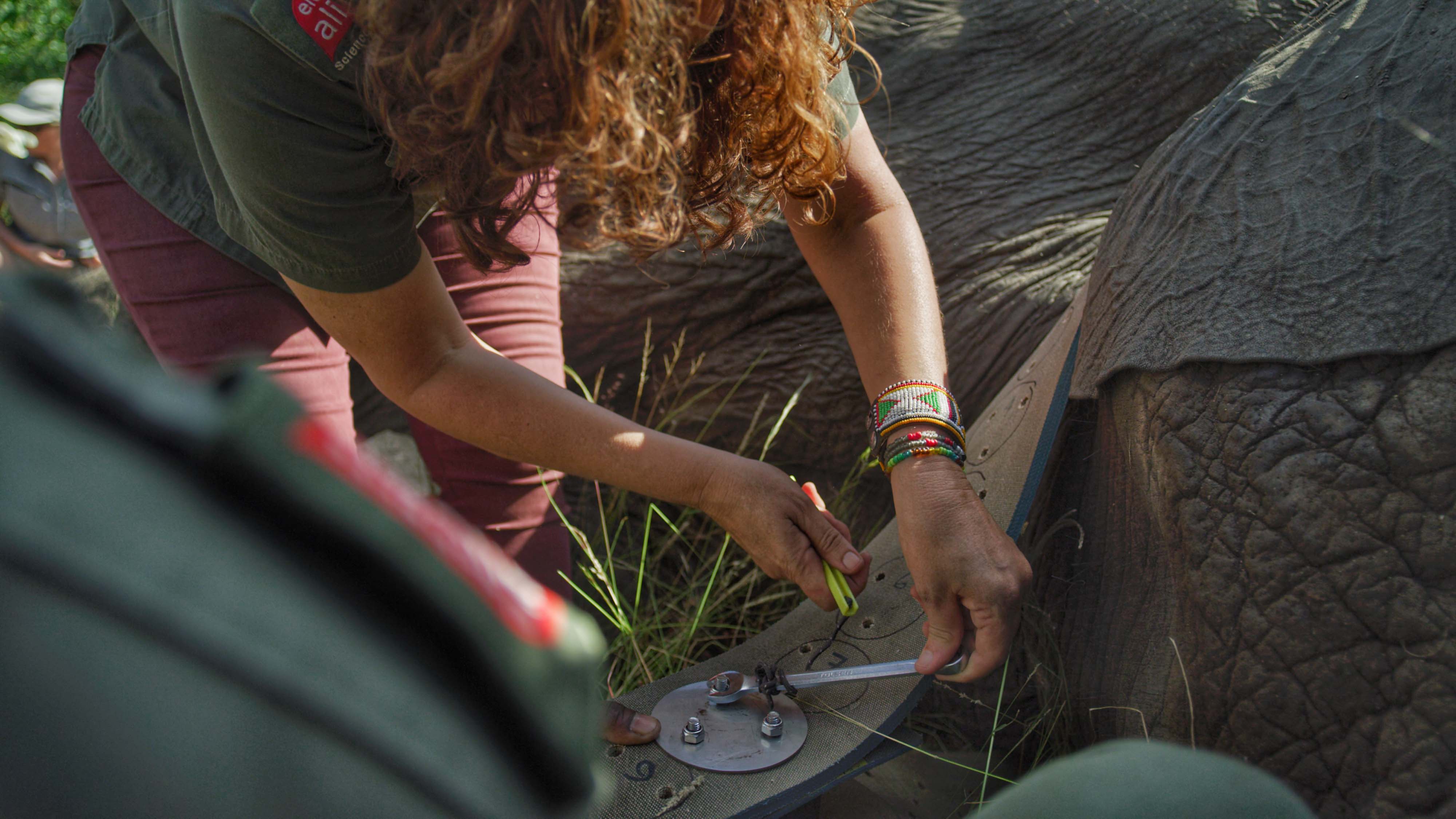Stakeholders Engagement and Partnerships
Naretoi Women Leather Group with visitors from OIKOS EA (Mary Birdi and Gabriel Mollel-Trainer, ZSL (Margaret Wambua), SORALO Representative (James Siloma) and the Local Chairman of Olmesutie Village (Joel Sunkuiya)
OIKOS EA
The Leather Tanning and Manufacturing for women has been made successful through stakeholders engagement and partnerships. Among the key stakeholders includes the government representatives who have played a key role from building the concept, selecting the beneficiaries, participation in the training and making follow-ups for the leather centers. Access to a building to be equipped has been possible through this collaboration. The District Community Development officials have taken a clear role to monitor and supervise the women groups, assist them in registrations and even provide access to market during any events/fairs organized by the government.
Other key stakeholders include private companies, lodges, individuals in the areas who have provided markets for women’s produced goods.
The implementing partners to the project including ZSL and SORALO have been supportive in ensuring that the solution is rolled out successfully in Kenya as it was in Tanzania. They carried the role to ensure that OIKOS EA is introduced in the communities in Kenya and they have enabled good flow of communication with the government in the project area.
Good collaboration and communication has made this support possible. All stakeholders were clearly engaged at the early stages and they had a buy-in of the idea. They have been willing to support the idea and to create a conducive environment for team members to work.
In the course of implementing the solution, we have learned that Stakeholders engagement is very key in the success of any project activity. Good communication and regular updates have facilitated the effective engagement of the stakeholders. It is important to identify the stakeholders at early stages of project design and implementation so they can also assist to give their input on how to be successful.
The major challenge of engaging government officials sometimes is budget implications and defining the frequency of such engagement. It is important to have an idea of how much budget is available and how many meetings/visits that the budget can cover so as to plan better. Sometimes there is a lot of bureaucracy that comes hand in hand with engaging stakeholders, each wanting to skew the ideas/solution to their best interest. Its is very crucial to have a constructive engagement and determine clear roles of each stakeholder from the beginning. In some cases, it is recommended to sign Memorandum of Understanding and have the roles clearly written down.
